Suzuki Hayabusa Teased Ahead Of Premier On February 5th
- By Mt Bureau
- January 29, 2021

Japanese bike-maker, Suzuki, is set to showcase their iconic flagship motorcycle on February 5th. The Hayabusa, first launched in 1999, gained a massive cult following from eager fans all over the world. Once termed the world’s fastest production motorcycle, this superbike will soon be back in action.
The teaser, which runs 25 seconds long, shows glimpses of the 4-cylinder sports bike, on a bowl track, doing around 180 mph at 10,000 RPM, 1,000 RPM still left for its redline.
The Hayabusa still retains the analogue instrument cluster, an uncommon sight in today’s premium motorcycle market. The engine will meet the latest European (and consequently Indian) emissions regulations.
The world-wide unveil next week is expected to shed more light on the details of the motorcycle.
India Bike Week Shifts From Goa To Panchgani Hills For 2025 Edition
- By MT Bureau
- December 02, 2025
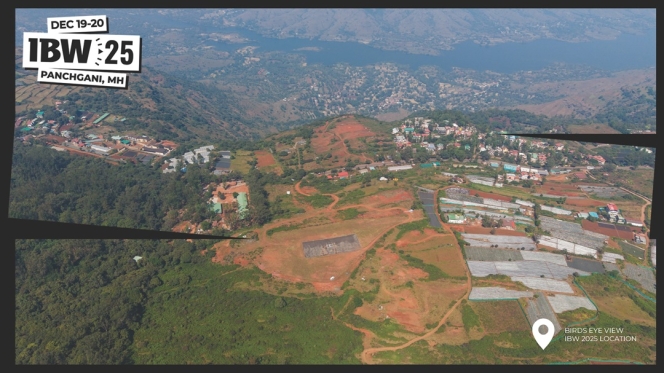
India Bike Week (IBW), presented by Gulf Syntrac, has shifted its 2025 venue from Goa to Panchgani, Maharashtra. The move, executed due to the rescheduling of Zilla Parishad elections in Goa to the IBW dates, means riders will now converge in the Deccan hills on 19th and 20th December 2025.
IBW 2025 will transform Panchgani into a high-altitude playground for riders, featuring new trails, cooler winds, bonfire nights, camping and after-parties. The edition promises IBW’s line-up yet, offering motorcycling experiences across multiple terrains – from hill climbs and mud trails to manufacturer-led road tests.
Martin Da Costa, Founder and CEO, Seventy Event Media Group, said, “As we celebrate 12 years of India Bike Week, it’s incredible to witness how this festival has grown into one of the world’s most spirited motorcycling gatherings. Although circumstances pushed us to shift venues this year, our ethos remains the same – community, adventure, and the freedom to explore. Panchgani offers us a fresh canvas and IBW 2025 is shaping up to be our most exciting edition yet.”
IBW’s 12th edition includes showcases such as the Endurance Stunt Show by Pol Tarres powered by Gulf Syntrac, the Wheelie Experience by Aprilia and India’s Test Ride Arena featuring the majority of India’s premium motorcycle line-up, now including a showcase by the Gulf TrackHouse MotoGP Team.
Over 10 riding experiences await, from the Pulsar Stunt School to a dedicated Kids’ Mini Moto Track by Vida’s Dirt-E K3, along with masterclasses led by expert creators and overlanders.
Competitive racing will feature on FMSCI-backed tracks such as the IBW Hill Climb by Reise Moto and Harley-Davidson Flat Track Race.
The Skoda Kodiaq All-Wheel Drive Track makes its debut, offering driving and off-road challenges.
Presented by Carlsberg Elephant Strong Soda, the festival’s music line-up includes performances by King, Karan Kanchan, Sugga Honey, along with Harley-Davidson Rock Riders’ Music featuring Antariksh.
The BIG TRIP presented by Gulf Syntrac returns with a compelling line-up. Twelve speakers – including global overlanding legends Simon & Lisa Thomas, Elspeth Beard, Zubin Jaafar and storytellers Kshitij Saxena, Gautham AG, Candida Louis and Maral Yazarloo – will bring narratives of grit, resilience and exploration.
The Ladakh Tent presented by Carlsberg Elephant Strong Soda hosts discussions, including ‘India on Two Wheels,’ a Storytellers Roundtable, ‘RTW 101,’ and ‘Women in Motorsports.’
The Jameson Connects Howling Dog space brings together creators, rider groups, and lifestyle influencers.
Hero MotoCorp Clocks 31% Sales Uptick In November Amid Continued Demand
- By MT Bureau
- December 02, 2025
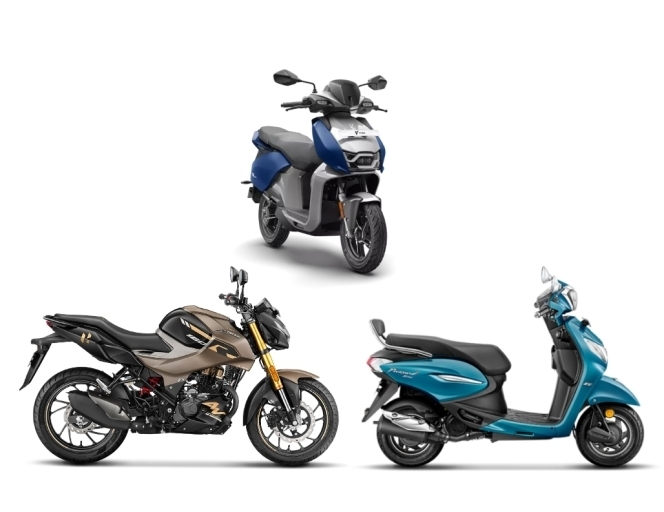
Hero MotoCorp, the world’s largest manufacturer of motorcycles and scooters, registered dispatches of 604,490 units in November 2025, marking a 31 percent YoY growth.
In the domestic market, the company sold 570,520 two-wheelers, up 30 percent YoY, as against 439,777 units sold last year. On the exports front, the sales came at 33,970 units, as against 20,028 units, marking a 70 percent increase YoY.
This performance sustains the growth momentum following the festive season, driven by positive consumer sentiment across urban and rural markets, supported by GST benefits and a macroeconomic landscape.
VAHAN registrations showed strong domestic demand, with 886,330 units registered in November 2025. Retail registrations grew 26 percent to 1,882,739 units for the combined period of October and November 2025, reflecting dealership and consumer demand.
The company's performance was supported by the success of new models such as the Xtreme 125R, GlamourX 125, Destini 110, and Xoom 160.
VIDA, powered by Hero, sustained its growth trajectory with 12,199 VAHAN registrations, reflecting a 66 percent growth compared to the same period last year. The company strengthened its position in the EV sector, capturing a 10.4 percent market share. The VIDA Evooter VX2 continued to drive retail growth and sales volume, and the company also expanded the line-up with the VX2 Go 3.4 kWh variant.
Suzuki Motorcycle India Sells 122,300 Units In November 2025
- By MT Bureau
- December 01, 2025
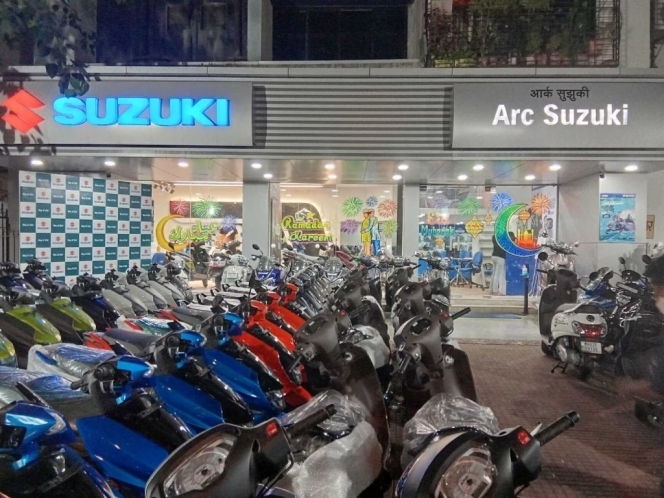
Suzuki Motorcycle India (SMIPL), the two-wheeler subsidiary of Suzuki Motor Corporation, Japan, has announced its sales performance for November 2025, recording total sales of 122,300 units. This marks a strong 30 percent YoY growth over 94,370 units sold in November 2024.
In the domestic market, the sales touched 96,360 units last month, which was 23 percent growth over 78,333 units a year ago.
On the exports front, sales grew 62 percent reaching 25,940 units in November, up from 16,037 last year.
Additionally, SMIPL’s aftersales business continued gaining momentum with spare parts sales of INR 955 million in November.
Deepak Mutreja, Vice-President – Sales & Marketing, Suzuki Motorcycle India, said, “We are grateful for the growing confidence our customers place in Suzuki. Their support, along with the dedicated efforts of our dealer network, continues to drive our growth. Alongside strengthening our presence, we are also expanding customer engagement initiatives and experience-led programs to bring riders closer to the brand. We will continue to invest in enhancing accessibility, after-sales experience, and community-building as we work towards sustained growth.”
Honda Motorcycle & Scooter India Clocks 25% Sales Growth In November
- By MT Bureau
- December 01, 2025
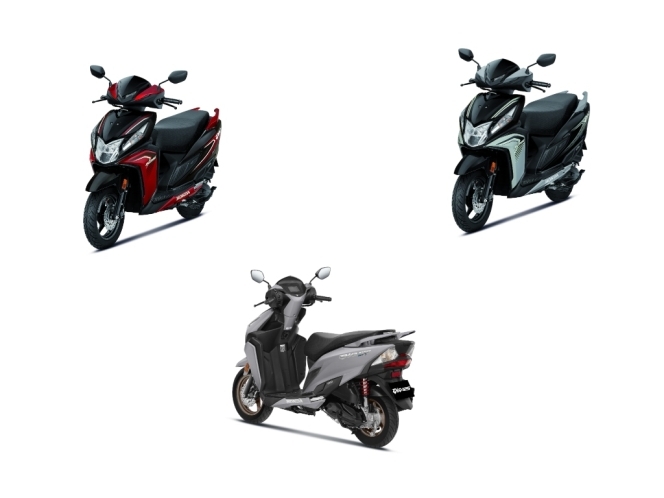
Honda Motorcycle & Scooter India (HMSI), one of the leading two-wheeler manufacturers in the country, has reported wholesales of 591,136 units in November 2025, up 25 percent YoY.
The total sales figure for the month included 533,645 units in domestic sales and 57,491 units in exports.
During the period, the automaker continued its commitment towards road safety by organising awareness campaigns across various cities nationwide, encouraging responsible road behaviour through interactive learning.
HMSI also celebrated Children’s Month with a Kids Carnival across all its manufacturing facilities, Traffic Training Parks (TTPs), and Safety Driving Education Centers (SDECs). The initiative, themed ‘Safety Explorers: Journey Through Traffic Land,’ aimed to make road safety learning engaging for children while promoting safe habits from an early age.


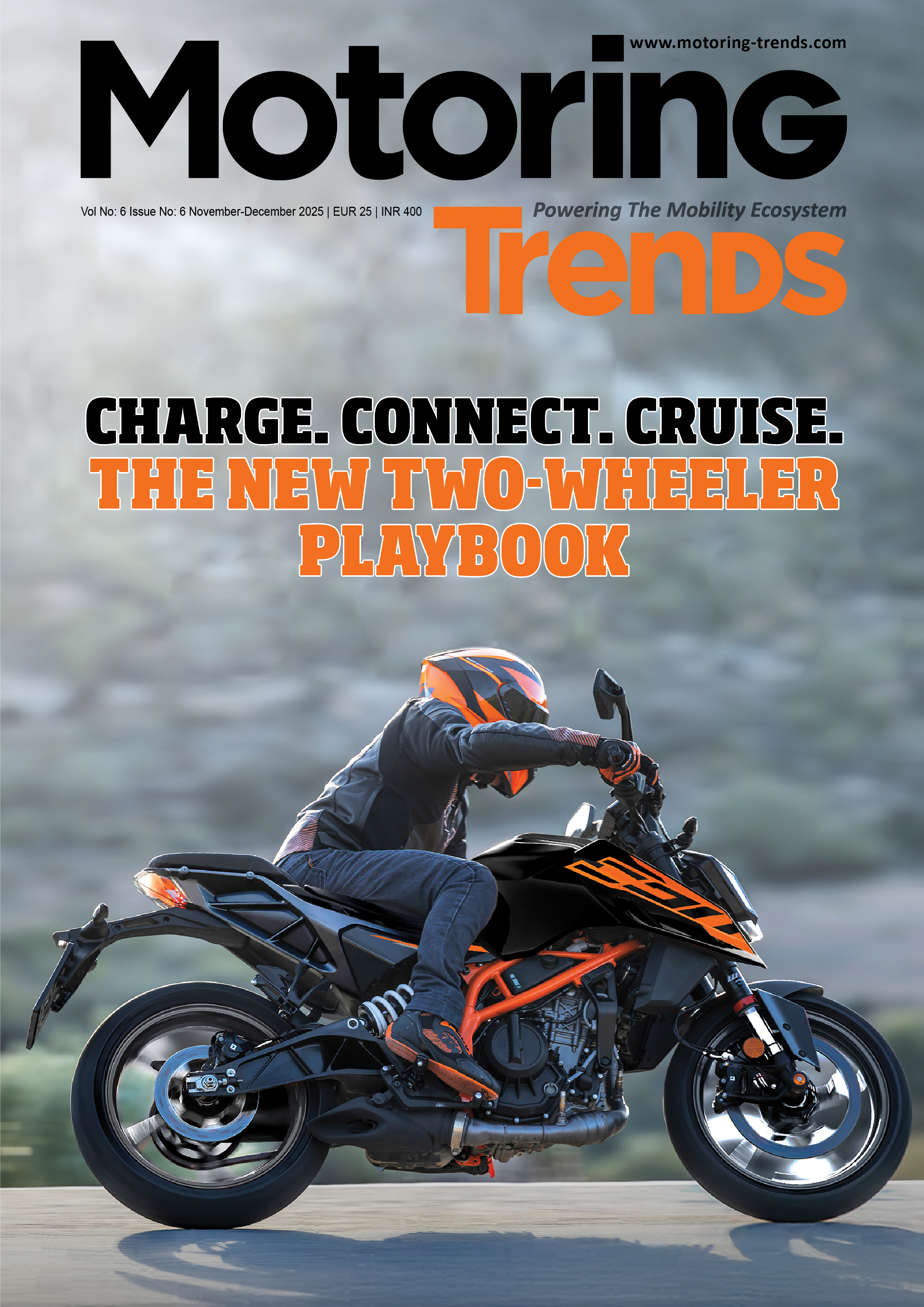
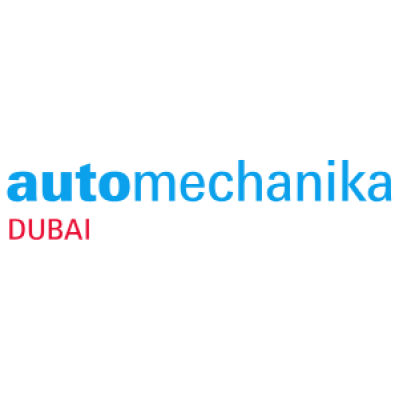


Comments (0)
ADD COMMENT